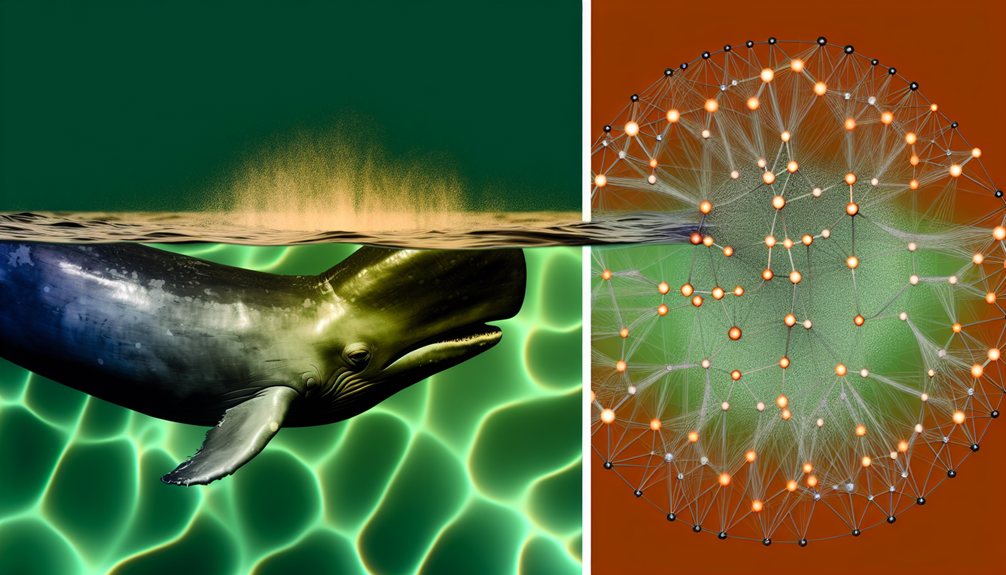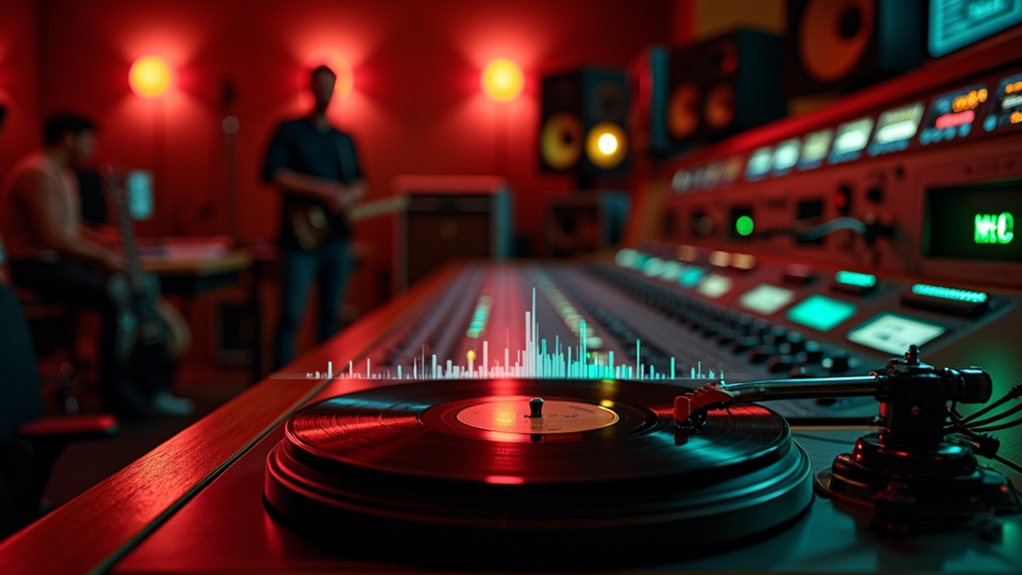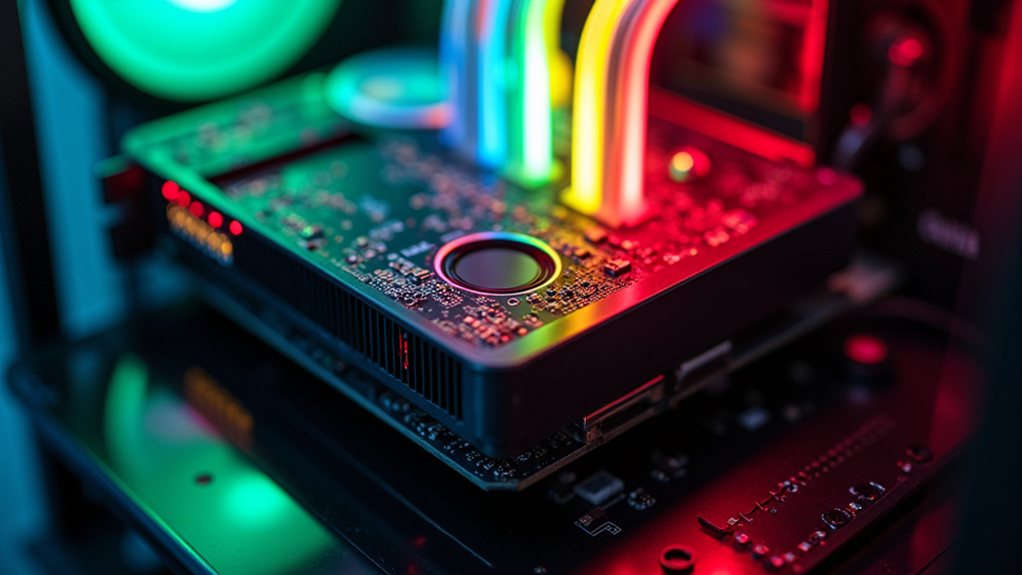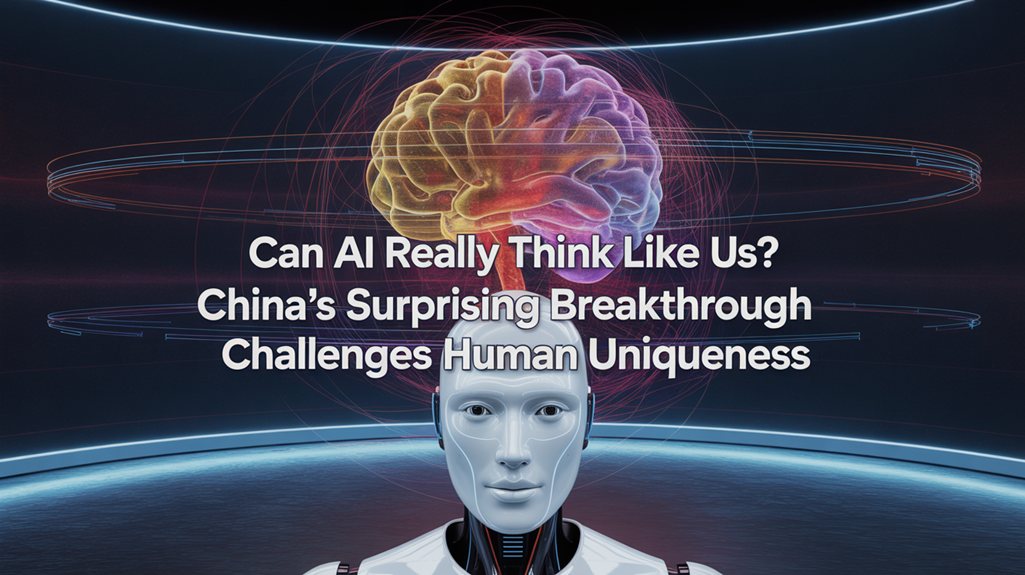When humans talk, we comprehend each other—mostly. Animals talk too. They just don’t use our words. They bark, chirp, squeak, and make weird clicking noises underwater. And now, AI might help us understand what they’re saying.
Scientists have been trying to crack animal communication for decades. It’s not easy. Each species has its own language—dolphins don’t speak elephant, obviously. But recent AI developments are changing the game. These systems can process massive amounts of data and spot patterns humans might miss. Pretty handy when you’re trying to figure out what a humpback whale is singing about.
Projects like CETI are focusing specifically on sperm whales, which have brains bigger than ours and complex social structures. The Earth Species Project is casting a wider net, using machine learning across multiple species. They’re not messing around—these initiatives are pulling in serious funding and global research partnerships. Behavorial ecologist Jaclyn Aubin has achieved remarkable progress in understanding beluga whale calls using machine learning models that efficiently process thousands of hours of recordings.
The tech is impressive. AI analyzes bioacoustics—animal sounds—and pairs them with observed behaviors. See a dolphin do that weird tail slap thing? Record it. Hear that specific whistle right before? The AI connects the dots. The innovative NatureLM-audio model is revolutionizing this field as the first large audio-language model specifically designed for bioacoustics research.
But let’s be real. We’re nowhere near having a conversation with your cat about why it knocked your coffee mug off the counter. Again. The challenges are enormous. Animals communicate through gestures, body language, and environmental cues AI can’t easily track. And how do we ascertain if our interpretations are right? It’s not like a whale can tell us we’ve mistranslated.
If researchers succeed, though, the impacts could be huge. Imagine understanding how animals respond to climate change or human activity in real-time. Conservation efforts would benefit immediately. Some experts even suggest it could lead to legal protections for animals once we better understand their thinking.
The quest for a Dr. Dolittle moment continues. AI might get us there, or at least closer than we’ve ever been. The animals have been talking all along. We’re just finally learning to listen.









